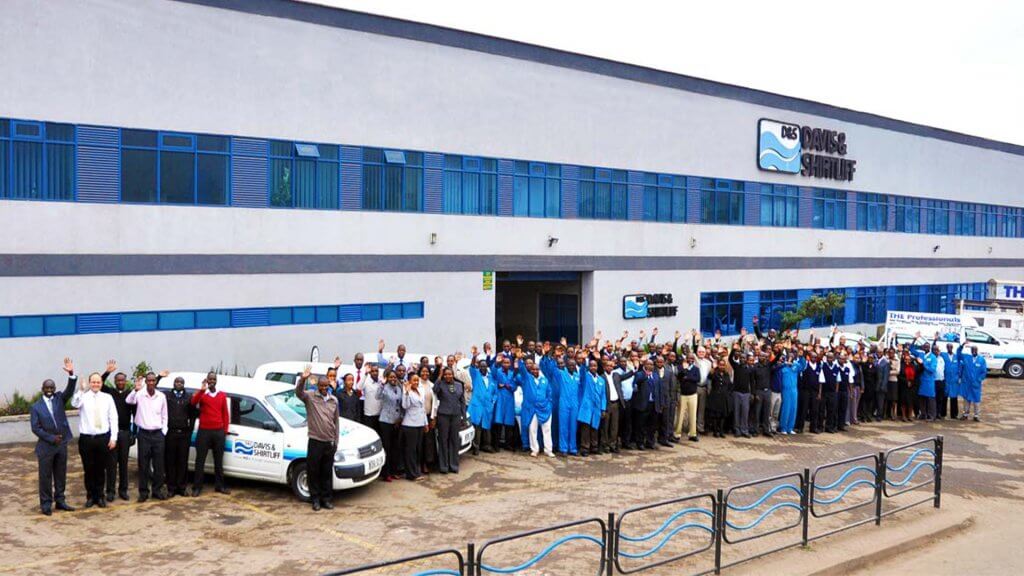As more and more businesses go remote, it’s important to make sure your team is cyber secure at all times. Here are the top ten ways to do just that.
Monitor your data centre
Whether your team is using a cloud-based service or you are relying on a physical data centre, it’s important to make sure that your data centre is properly secured. This includes ensuring that only authorized personnel have access to the data centre, and that all of the physical security measures are in place.
Make sure your team is using a VPN
A VPN, or Virtual Private Network, is a way to create a secure connection to another network over the internet. This can be useful if you want to connect to your work network from home, or if you’re working on public Wi-Fi and want to ensure that your data is secure. It is one of the most important tools for setting up a remote team and giving them what they need to do their jobs while ensuring good cybersecurity practices.
If your team is using a VPN or VPN download windows, it’s important to make sure that it’s a reputable and trustworthy service. There are a lot of free VPNs out there, but not all of them are created equal. Some free VPNs may sell your data or show you ads, so it’s important to do your research before choosing one.
Once you’ve found a reputable VPN service, make sure that all of your team members are using it. This will help to protect their data and keep it safe from hackers.
Use strong passwords
One of the simplest and most effective ways to improve your cyber security is to use strong passwords. A strong password is one that is difficult to guess or crack and contains a mix of upper and lower case letters, numbers, and symbols.
It’s important to use a different password for each of your online accounts. If you use the same password for multiple accounts, a hacker who gets access to one of your accounts will also be able to access all of the others.
You can use a password manager to help you keep track of your passwords. This is a program that stores your passwords in an encrypted format, so even if someone does get access to your computer, they won’t be able to read them. Another good password best practice is to make your passwords randomised and to change them regularly.
Enable two-factor authentication
Two-factor authentication (2FA) is an additional layer of security that can be added to your online accounts. When 2FA is enabled, you’ll need to enter not only your password, but also a code that is generated by an app on your phone. This makes it much more difficult for someone to hack into your account, even if they have your password.
Not all websites and services offer 2FA, but it’s increasingly common. If it’s available, make sure to enable it for all of your team members.
Keep your software up to date
One of the most important things you can do to keep your computer secure is to make sure that your software is always up to date. This includes your operating system, web browser, and any other programs you have installed.
When a new security update is released, it usually contains patches for vulnerabilities that have been discovered in the previous version. By installing these updates, you can help to protect your computer from being hacked.
Encrypt your data
Encryption is a process of transforming readable data into an unreadable format. This makes it much more difficult for someone to access your data if they manage to get their hands on it.
There are many different types of encryption, but one of the most common is Transport Layer Security (TLS). This is the type of encryption that is used when you visit a website that starts with https://.
If you’re handling sensitive data, it’s important to make sure that it is encrypted. This includes both in transit and at rest. When data is at rest, it means that it is stored on a computer or other type of storage device.
Create backups
Backing up your data is one of the most important things you can do to protect it. If your data is lost or corrupted, you’ll be able to restore it from a backup.
There are many different ways to back up your data. You can use an external hard drive, a cloud-based service, or even a USB flash drive. It’s important to choose a backup method that is reliable and easy to use.
Employee education
One of the best ways to protect your business from cyber threats is to educate and empower your employees about cybersecurity. Make sure that they know how to spot a phishing email, what to do if they receive one, and how to keep their passwords safe.
You can also provide them with links to resources where they can learn more about cybersecurity. Your employees represent one of your biggest cybersecurity threats, so it is vital that they know what to look out for and how to stay safe while working remote.
Conclusion
By following these best practices, you can help to keep your remote team safe from cyber threats. Cybersecurity is an important issue for remote teams, especially for companies that are new to hybrid and work-from-home arrangements. It can be a revolutionary new way to work and live or a major threat to data security and business continuity.





















